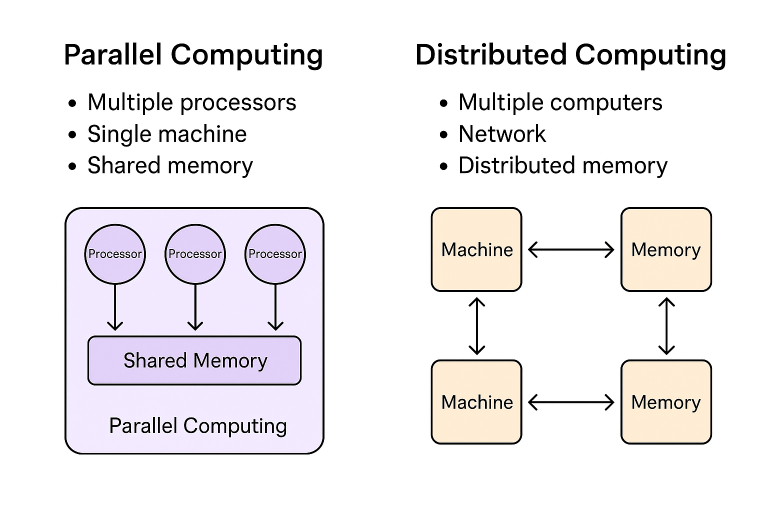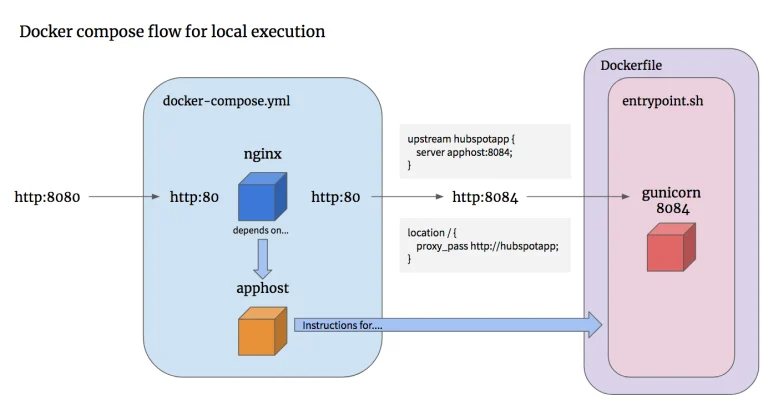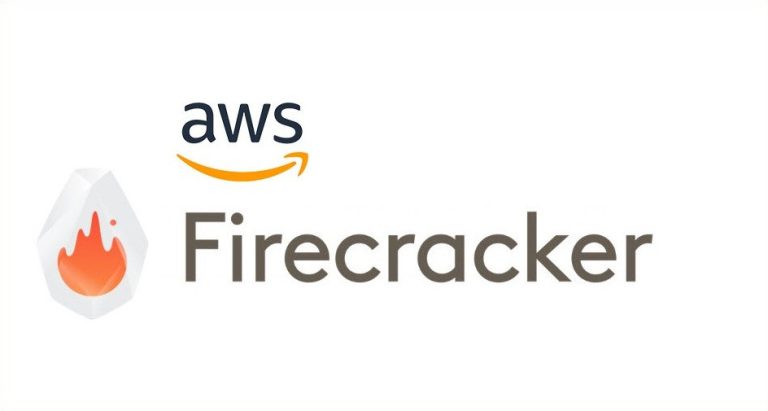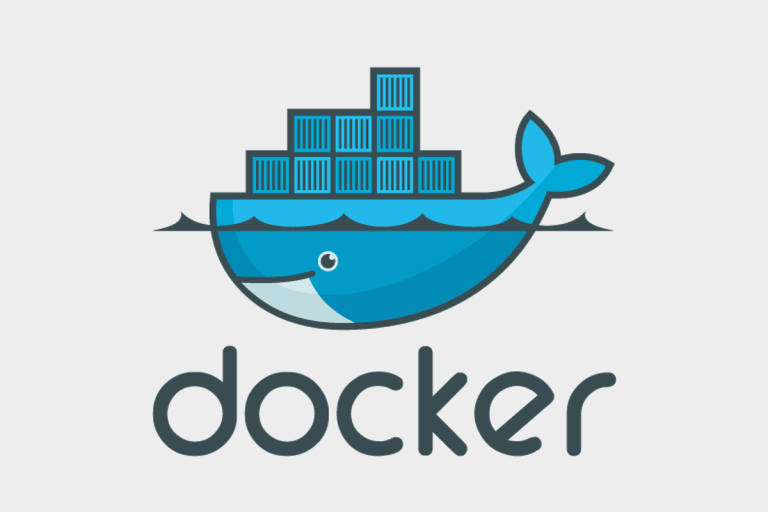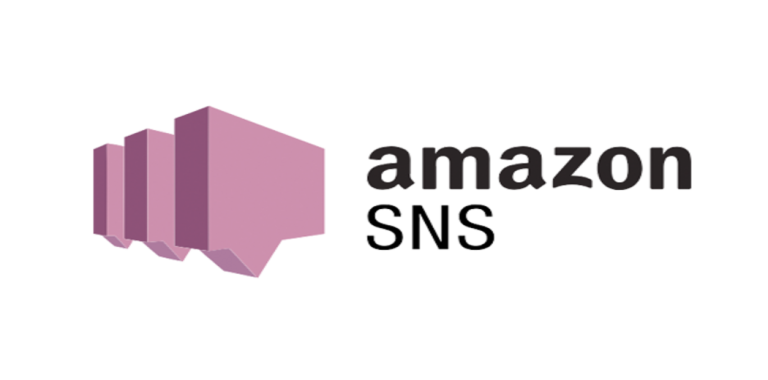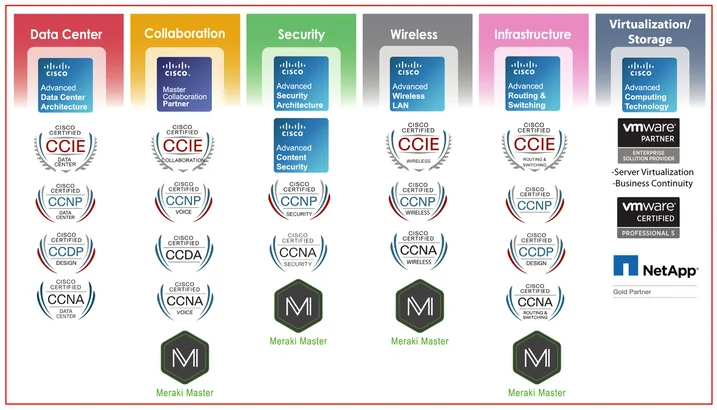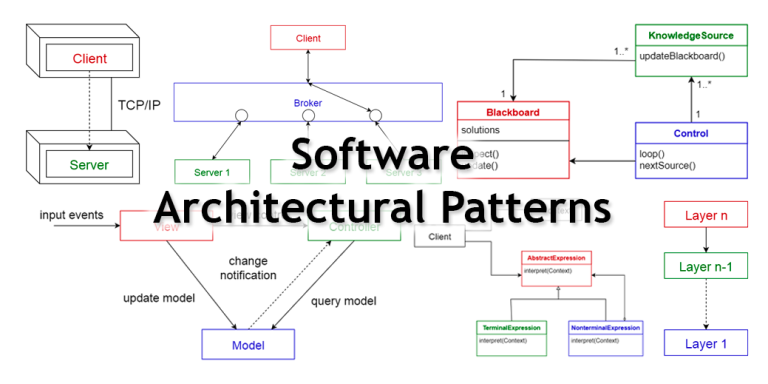Comparing of Standard Kubernetes (K8s) with lightweight variants—especially K3s—across the pillars of security, scalability, performance, and resource efficiency. Let’s delve further into each dimension, grounded in the latest technical analysis and firsthand user insights.
1. Security
Standard Kubernetes
- Comprehensive and extensible: Full support for RBAC, Network Policies, OPA/Gatekeeper, Pod Security Admission, and robust integration with secrets managers like Vault. This creates strong security boundaries and fine-grained access control.
- Enterprise-grade assurance: Widely adopted in regulated sectors; benefits from extensive tooling, auditing, compliance frameworks, and hardened configurations.
K3s (Lightweight Kubernetes)
- Secure-by-design simplicity: Offers automatic TLS between components, RBAC, and encryption by default, reducing misconfiguration risks.(KodeKloud, Pass4sure, Earthly)
- Smaller attack surface: Its single-binary design minimizes dependencies and potential vulnerabilities.(Earthly, CloudOptimo)
- Tradeoffs in advanced controls: Lacks certain enterprise capabilities such as third-party integrations (e.g. cloud load balancers), alpha APIs, and finely grained admission policies.(KodeKloud, UnYAML)
- Context matters: A recent comparative study on lightweight K8s distributions revealed that K3s had lower security compliance versus full Kubernetes, KubeEdge, or OpenYurt when evaluated via kube-bench.(arXiv)
Takeaway: K3s strikes a solid baseline for secure operation in edge, IoT, or low-regulation contexts—thanks to its simplicity and sensible defaults—but lacks the finer security controls demanded by enterprise-grade scenarios.
2. Scalability
Standard Kubernetes
- Built for massive scale: Supports thousands of nodes, multi-master HA control planes, autoscalers (HPA, Cluster Autoscaler), and scalable API throughput.
K3s
- Simplified control plane: Runs control plane components as a single process (often via systemd), which suits vertical scaling but is not optimized for horizontal scaling of control plane components.(Reddit)
- Not designed for massive clusters: Limited cloud provider integrations and fewer extensions make it more suitable for small-to-medium-scale clusters (e.g., edge, IoT).(KodeKloud, Veritas Automata)
- But still capable: One real-world study noted K3s can support over 300 nodes with optimized etcd operations, whereas MicroK8s tends to plateau around 100 nodes.(iToim)
Takeaway: If you’re aiming for large-scale deployments with auto-scaling and multi-master resilience, standard K8s remains unmatched. For moderate scale—particularly in edge environments—K3s may suffice.
3. Performance & Resource Efficiency
Resource Usage: K3s vs MicroK8s
| Metric | K3s (idle) | MicroK8s (idle) |
|---|---|---|
| RAM | ~150–300 MB | ~400–600 MB(Markaicode) |
| Disk Usage | ~600 MB (binary + images) | ~1 GB(Markaicode) |
| CPU (idle) | ~1–5% | ~2–8%(Markaicode) |
| Boot Time | 5–10 seconds | 15–30 seconds(Markaicode) |
K3s delivers significantly lighter resource usage, faster boot times, and lower overhead overall—ideal when working with limited hardware.
Empirical Benchmark Insights
- K3s excels in low resource consumption and handles workloads faster in constrained environments.(arXiv)
- Standard K8s and k0s shine in throughput and latency—especially under heavy loads.(arXiv)
- OpenYurt is better for hybrid cloud-edge setups but trades off efficiency and scalability.(arXiv)
Minimum Specs for K3s
On modest hardware like a Raspberry Pi 4:
- Server with workload: ~25–30% CPU core usage, ~1.2–1.6 GB RAM(K3s)
- Agent node: ~10% CPU, ~270 MB RAM(K3s)
Takeaway: K3s is tailored for constrained environments—edge, IoT, single-board computers. Full Kubernetes delivers more robust performance for large clusters, but at a significantly heavier cost.
4. Real-World Experiences (from the trenches)
On K3s
“We are running k3s in production for almost 3 years and we haven’t had any major issues.”(Reddit)
“I found K3s to be rock solid for the 2 years I ran it.”(Reddit)
These testimonials highlight K3s’s reliability and longevity in production.
On MicroK8s
“Microk8s… cluster crashing… API server timeouts…”(Reddit)
Issues with its default dqlite datastore and snap-based updates can cause instability at scale in production contexts.(Reddit)
Summary Table
| Dimension | Standard Kubernetes (K8s) | K3s (Lightweight Kubernetes) |
|---|---|---|
| Security | Advanced controls, enterprise maturity | Simplified, secure defaults, but fewer options |
| Scalability | High, supports large-scale multi-node clusters | Moderate, suitable for edge/small clusters |
| Performance | High performance under load | Fast setup, low resource footprint |
| Resource Use | Heavy (~2 GB RAM, multi-component control plane) | Lightweight (~150–300 MB idle), single binary |
| Reliability | Battle-tested, robust tooling support | Proven reliability in production edge setups |
Recommendations for Use Cases
- Choose Standard Kubernetes if:
- You need enterprise-grade security, multi-zone HA, autoscaling, or cloud integrations.
- Your cluster is large or dynamic, and you require advanced observability, compliance, or customization.
- Choose K3s if:
- You’re working with edge devices, IoT gateways, development environments, or local clusters.
- You prioritize simplicity, low resource overhead, and fast deployments.
Final Thoughts
K3s embodies a design focused on efficiency, simplicity, and reliability in constrained environments. It streamlines deployment while retaining core Kubernetes APIs and certification. In contrast, standard Kubernetes offers unmatched flexibility, scalability, and security—though at a higher operational and resource cost.


